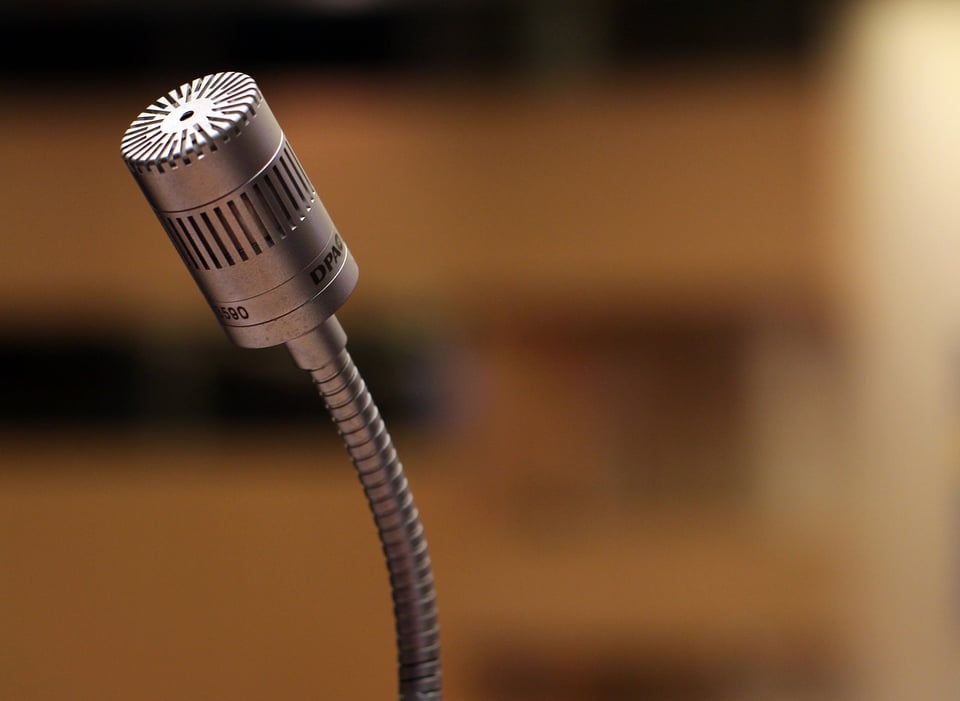
Who doesn’t love that new car smell? You shake the dealer’s hand, get into your brand-new car, take a big whiff of that lovely aroma, and then drive off the lot. BAM! No, you didn’t get into an accident, but 10% of the value of your sweet new ride just dropped off the face of the earth.
By the time you’ve had your car for a year, its value has dropped another 10% or so. This is the kind of depreciation we see on a regular basis. Depreciation isn’t unique to the value of cars. Just about everything suffers from some form of depreciation, especially business equipment.
What is Depreciation?
As we illustrated above, depreciation is the loss of value your belongings get over time. For accounting purposes, depreciation is a process by which companies can record how the value of assets declines over time. This process allocates the cost of an asset throughout its life as an active asset or piece of equipment.
Equipment depreciation occurs in much the same way as car depreciation, having a big impact on your business and your taxes. Equipment such as factory machines, corporate vehicles, and office chairs all wear down over time. Software is another asset which can depreciate in value due to the rapid pace of development in that sector which results in obsolescence. Technological advancements come around and new materials are discovered as Grandfather Time snores away in his rocking chair. This causes the value of your business’ equipment and assets to drop (depreciate) over time.
This is a simple fact of life and, lucky for us, the government sees it that way as well. This means you can write off the value of equipment over time as depreciation takes effect. This is useful for reducing the tax bill and for general accounting practices to better reflect the true value of your current assets. Depreciation for tax purposes has specific rules set forth by the IRS, dictating when and how much of the value of the purchased asset can be deducted.
Depreciation Calculations
The specific value of a depreciated asset over time can be calculated by taking the useful life of the asset, subtracting the salvage value of the asset at the end of its useful life, and then dividing by the total cost of the asset. This applies for the “straight-line” depreciation method. There are other methods such as accelerated depreciation, bonus depreciation, and double declining depreciation. The IRS has varying regulations that apply depending on the specific asset, but all assets can only be deducted if they are put in use during that year’s tax period for the deduction.
The useful life of a given asset is established by the regulations set forth by the IRS. The specifics of property depreciation for different types of equipment and assets can be found here. As you can see from the link, the IRS is a big fan of simplicity and transparency when it comes to tax regulations.
If you don’t feel like spending several days with your eyelids stapled open while you try to read tax laws, give Ignite Spot a call and we can guide you through the tax process or take over completely for you. Contact us today to learn more.














.png)


